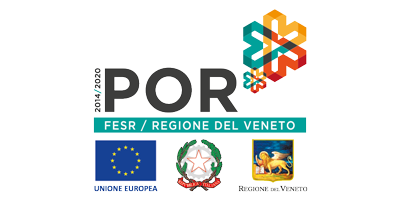Editorials
Smart food for a longer and more active life
Ilsa is engaged in the search for the food of the future: safer, highly nutritious, more sustainable and healthier, as part of the 3S_4H project promoted by the Ribes-Nest, a business network launched by the Veneto Regional Council.
14/04/2020
(Arzignano, VI). The project name is 3S_4H, a play on words and numbers, which stands for Safe, Smart, Sustainable Food for Health. The project involves nineteen partners committed in the search of the food of the future. Among them there are fourteen prominent companies of the agri-food chain, including ILSA, together with research departments of the Universities of Padua, Venice, Verona and the CNR – the Italian National Research Centre.
The purpose of this cooperation is to improve the quality of agri-food products, operating under the assumption that healthy food means a longer and more active life. The project was promoted by the RIR - RIBES-Nest Regional Innovative Network which has been established by the Regional Council of Veneto in 2016, with the aim to improve innovation through the cross interaction between traditional and emerging sectors which gravitate around the health ecosystem and smart food.
As part of the 3S_4H project, dedicated to studying intelligent food for a sustainable future, this topic was addressed from four lines of scientific investigation, aimed at analysing food safety, food nutritional value, the sustainability of production processes, up to verifying how a food with nutraceutical characteristics can have positive influences on ageing.
Within this project, which has been launched in 2018 and will end in 2021 and is partly funded by the Veneto Region, ILSA' s corporate research centre is developing two lines of research, those of the smart food and sustainability. ILSA is analysing smart food by working on crops such as wheat, apricot, tomato, strawberry and wine vines, to evaluate the ability of new fertilizers and biostimulants to act on their primary and secondary metabolism and consequently to improve the nutritional characteristics of the foods they produce.
A particularly interesting result was observed in the tests conducted on apricot, with a significant increase in sugar contents and in the thickness of apricots. These factors significantly contribute to increase shelf-life (photo 1) and therefore marketability over time. A panel of experts has conducted a sensorial analysis of the fruits and vegetables produced with the new fertilisers and bio stimulants. Another significant achievement was obtained with apricots, which have been judged better both in appearance, in perfumes and in taste when compared to other fruits not treated with these new fertilisers. Tests conducted on wine grapes indicated an increase in the presence of tannins, polyphenols and antioxidant molecules. These aspects limit the alcohol content of the wine which is an extremely sought-after result by wine producers.
With regards to sustainability, ILSA has investigated a more "intelligent" food production process where the best practices for the recovery of industrial by-products and their enhancement are applied, especially from the agri-food sector. ILSA has worked on four raw materials on the basis of their availability, standardization and interest criteria for the phytochemical compounds they contain. Innovative and sustainable extracts and hydrolysates have been produced (photo 2) through the use of two technologies with low environmental impact, the enzymatic hydrolysis and the CO2 Supercritical Fluid Extraction.
Preliminary tests on the new extracts and hydrolysates, performed in the greenhouse on lettuce, have highlighted the bio stimulating activity of these products, which have proven to increase the resistance of the plants to water stress, even severe. An interesting result that has translated into the possibility of obtaining the same yield and quality, with a significant water saving (photo 3).
Other in-depth chemical characterizations with tests in vitro, in climatic chamber, greenhouse and open field will be carried out throughout 2020, with the aim of clarifying how these compounds can play a key role in improving the qualitative, nutritional and sustainability of food chain products, not only for human beings but also for animals.
*RIR RIBES-Nest. The Regional Innovative Network, RIR RIBES-Nest, recognized by the Veneto Regional Council through the provision of the Regional Council NR. 1697 of 2016 was created to facilitate growth and development through the interaction between traditional sectors and emerging sectors that gravitate around the Health Ecosystem and Smart Nutrition.
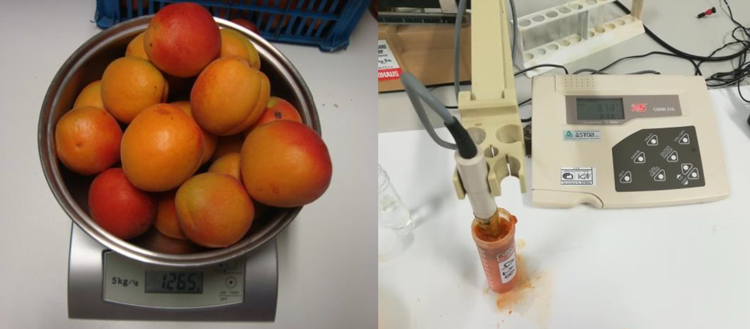
Photo 1: 3S_4H Tests on apricots.
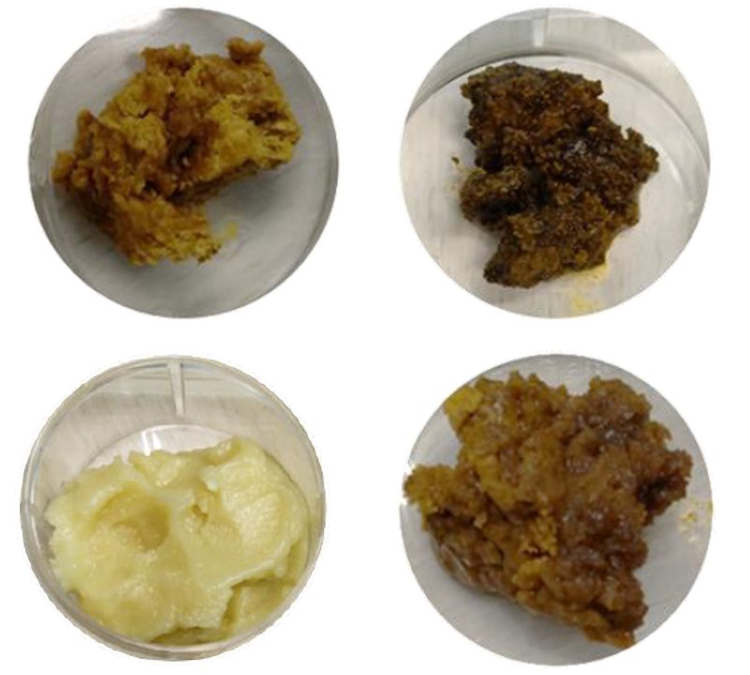
Photo 2: The extracts obtained by Supercritical Fluid Extraction have been tested on lettuce.
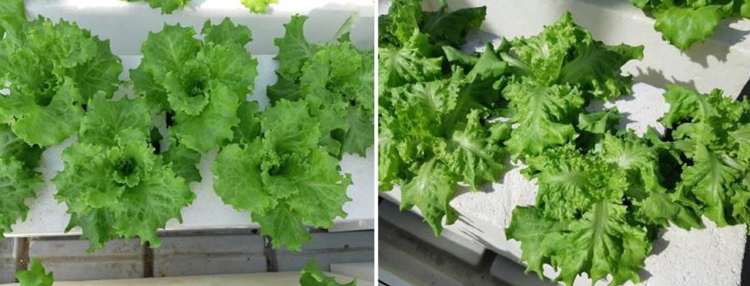
Photo 3: Effect of water stress on plants treated with plant extracts (on the left) and not treated ( on the right).



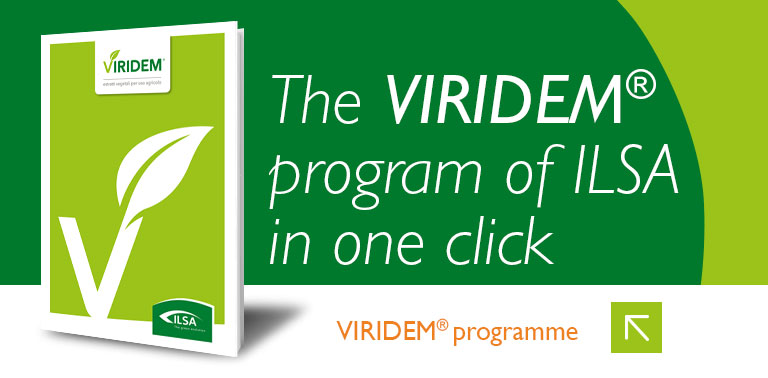

.png)
